The Beach of Tranquility
Tuesday, September 27, 2022
The Playa del Silencio (Beach of Silence - literally) is known to be the best beach in Asturias, North West Spain. The name speaks for itself. The beach is shaped like a shell, formed with cliffs, and is approximately 500 meters long. There are giant rock formations that extrude from the sea like little islands. It has been registered as a protected space meaning visitors must respect the surroundings. This also means you won’t find restaurants and litter in the sand next to you. From above, the view glimpsed through pine trees shows cliff-side steps twisting down a white cliff to a cove.

The tranquil beach is inexplicably empty, while grey and cream flow-lines of rock strata at the cliff base betray the tumultuous activity of past ages. It makes a great diversion for those on the Camino de Santiago trail. The beach is very popular for scuba diving because of the untainted environment. The sea is very calm here, as the cliffs and rocks protect it from the waves, creating an almost still and silent sea, the small, sometimes unnoticeable waves just tickle the beach with delicacy. The water is quite deep and mussels, barnacles and sea bass are easily seen through the crystalline waters. The sand is fine and golden but peppered with pebbles too, a gratuitous contribution from the neighbouring cliffs. The Beach of Silence is truly a paradise lost. It is perfect and untouched nature and a pleasure to enjoy. For a peaceful and tranquil rest from the hustle and bustle of the modern world, fewer places are better.
Ver mapa más grande
 1
Like
Published at 9:42 PM Comments (0)
1
Like
Published at 9:42 PM Comments (0)
Castell de Guadalest - breathtaking views...
Wednesday, September 21, 2022
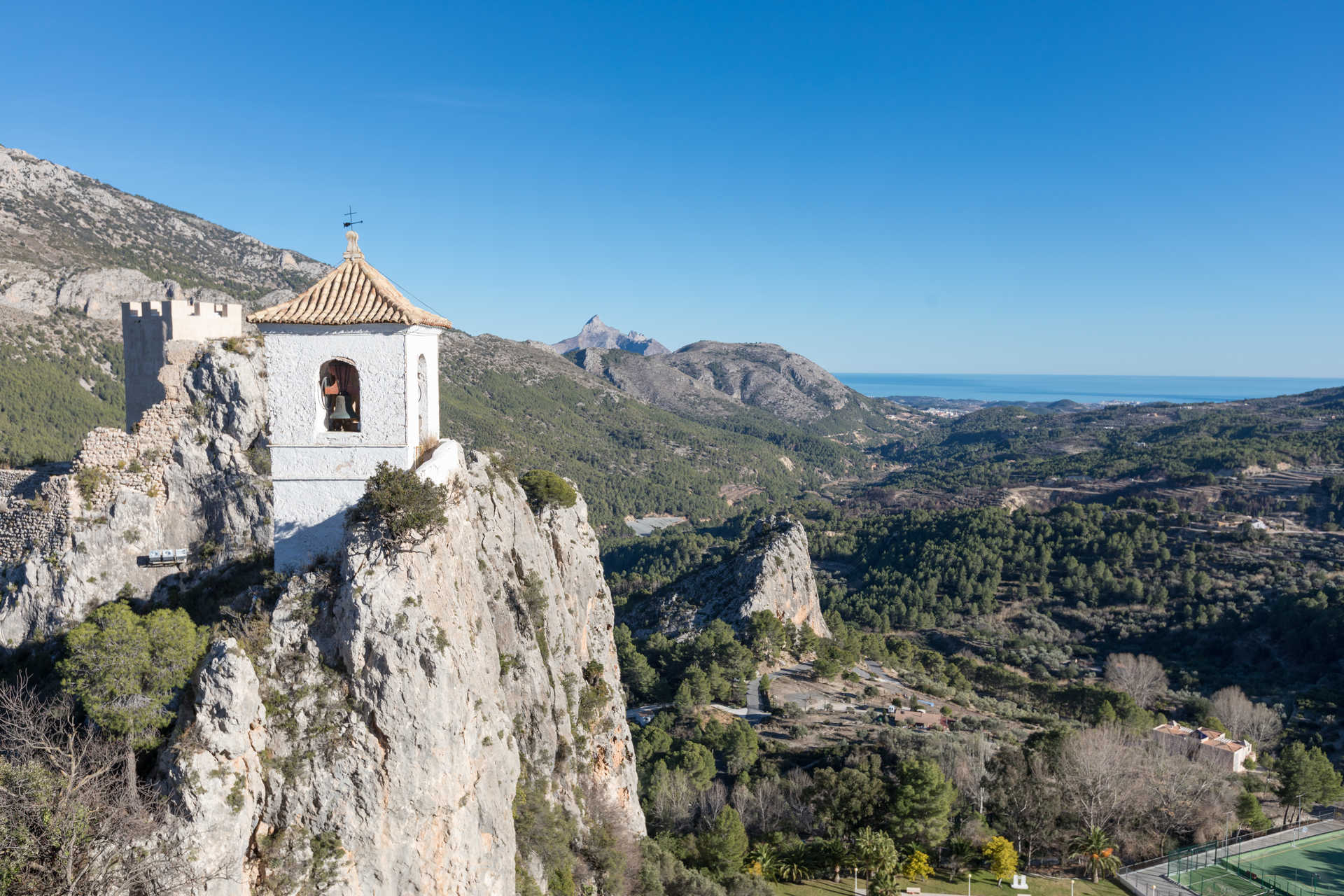
Nestled on a boulder of the Aitana Mountain range, at 586 metres above the level of the nearby Mediterranean Sea, El Castell de Guadalest has maintained its physiognomy practically intact, which is from Arabic times, with no reforms other than those required due to wars and earthquakes. And this fortress that gives its name to the town played an important role during the Middle Ages and also in the Modern Age, given that, thanks to its strategic position, it was able to repel attackers on many occasions - a spectacular vantage point. Although there was nothing it could do against the tremors of 1644 and 1748. In 1708, it was also blasted during the War of Succession. These historic episodes have left their mark on the castle, today a relic of an important past, which looks in a melancholy way over the houses of the old town, and which can be accessed through a tunnel bored through the rock.
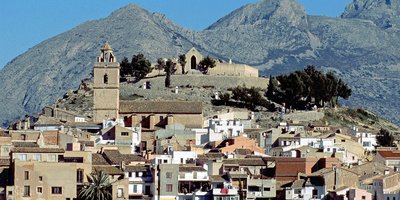 The houses, the crosses in the cemetery and museums for all tastes are crammed together inside the compound. The Casa Orduña, the former home of the wardens of the fortress, shows how the affluent classes lived in the 7th, 18th and 19th centuries. In the micro-miniatures museum, you can see Goya's 'The Nude Maja' painted on the wing of a fly and other works by sculptor Manuel Ribera Girona. There is also a museum of salt and pepper shakers, another of dolls' houses and antique toys, and another of instruments of torture. The Castell de Guadalest has one of the widest ranges of things to do as regards entertainment and for this reason, together with its proximity to the main tourist destinations in the Valencia Regional Community, it is one of the top villages in Spain in terms of visitor numbers (more than two million) per inhabitant registered on the census (240). The houses, the crosses in the cemetery and museums for all tastes are crammed together inside the compound. The Casa Orduña, the former home of the wardens of the fortress, shows how the affluent classes lived in the 7th, 18th and 19th centuries. In the micro-miniatures museum, you can see Goya's 'The Nude Maja' painted on the wing of a fly and other works by sculptor Manuel Ribera Girona. There is also a museum of salt and pepper shakers, another of dolls' houses and antique toys, and another of instruments of torture. The Castell de Guadalest has one of the widest ranges of things to do as regards entertainment and for this reason, together with its proximity to the main tourist destinations in the Valencia Regional Community, it is one of the top villages in Spain in terms of visitor numbers (more than two million) per inhabitant registered on the census (240).
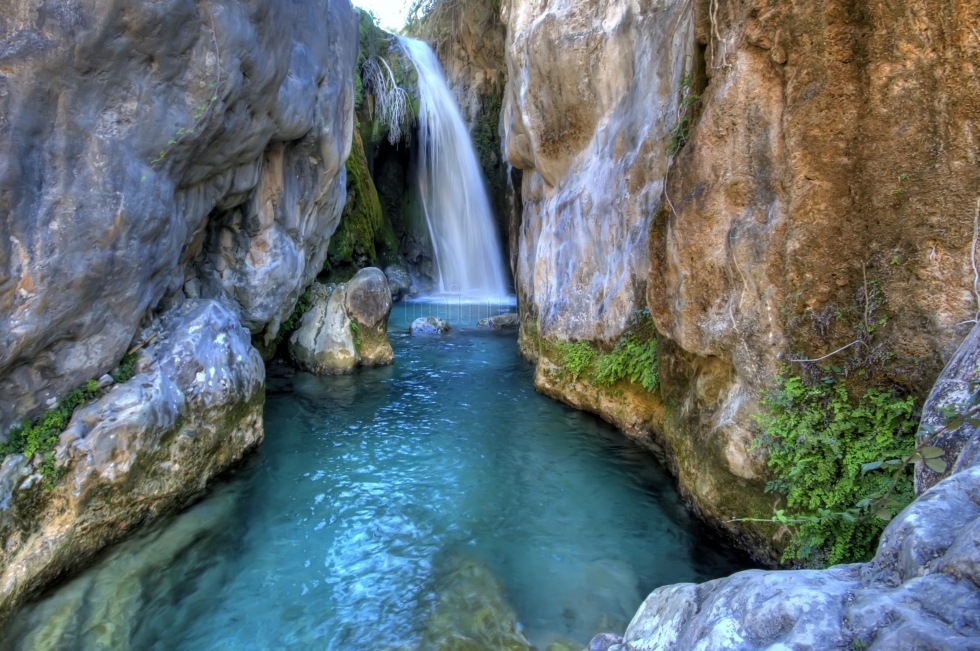
The beach is not far from Guadalest Castle and you can get there on the CV-70, on which you will also pass through the charming village of Polop. Alternatively, you can go by the CV-755, passing through Callosa d'en Sarrià. This is the source of the River Algar, in a place of crystal clear water pools, copses and reed beds and on whose banks there are paella huts. They are all recommended for rice dishes that only those from the local area know how to prepare.
On arriving at the coast you will discover Altea. It has eight kilometres of beaches, coves and cliffs and an old town - declared an Asset of Cultural Interest - with stark white houses huddled together around the church of Nuestra Señora del Consuelo, which is crowned by a dome of blue glass tiles. It is a real pleasure to wander through its winding lanes, full of interesting corners and lookouts, which have attracted painters to this corner of the Mediterranean for decades.
 0
Like
Published at 9:50 PM Comments (0)
0
Like
Published at 9:50 PM Comments (0)
Pastrana Revisited
Thursday, September 15, 2022
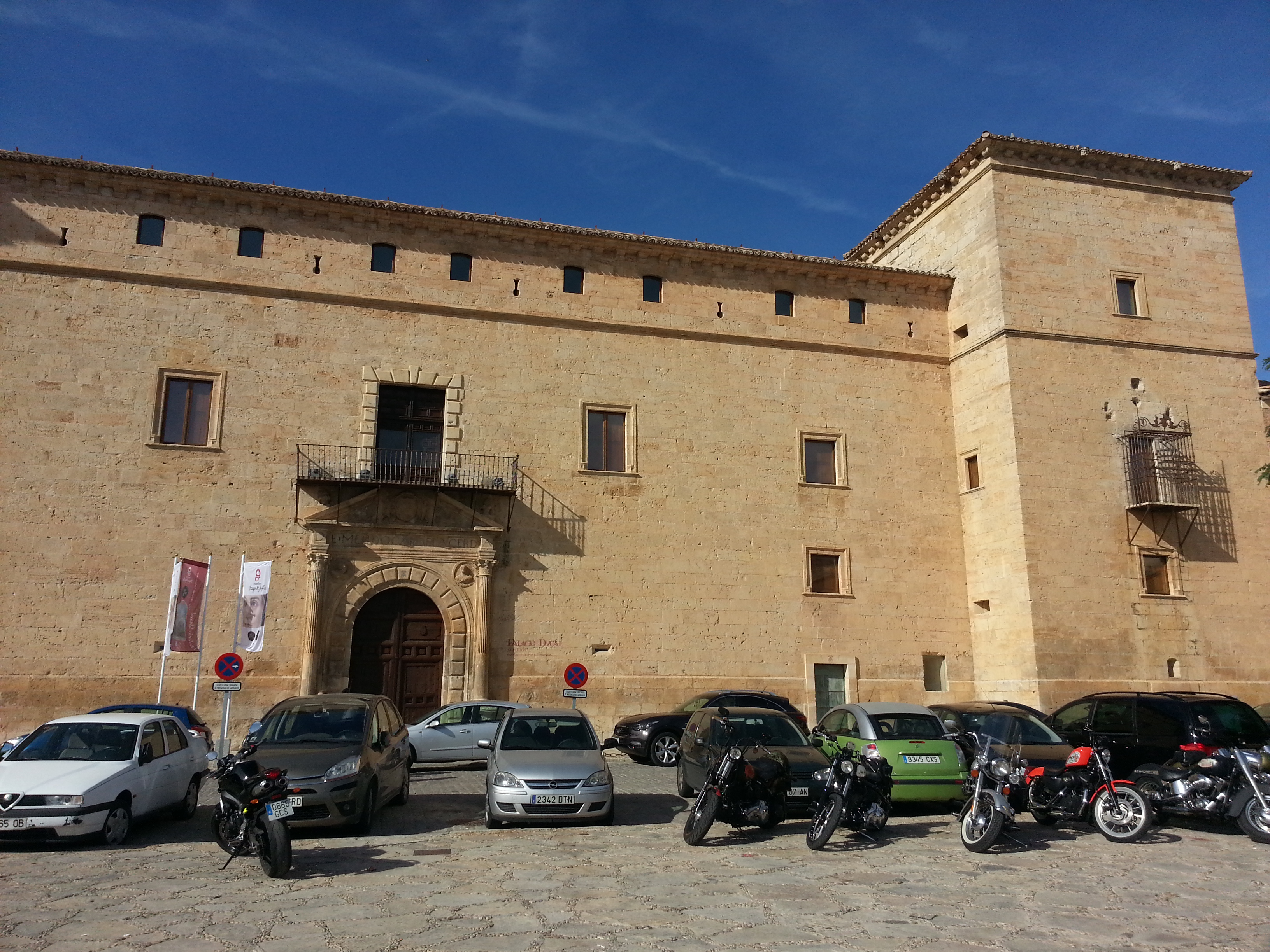
Recently I returned to a magnificent medieval Ducal town located between the Tajo and Tajuña Rivers in the Sierra of Guadalajara; Pastrana. It was first documented in manuscripts referring to the Visigothic town of Pastrana, mentioned by King Wamba (672-680) when he was drawing up boundaries for the Christian dioceses. However, its better-known history begins with Alfonso VII of Castile, who, in 1174, granted the town of Pastrana to the Order of Calatrava. The town belonged to this military order until 1541, when Charles I reclaimed it and granted it to Ana de la Cerda, widow of Diego de Mendoza, Count of Melito. In 1562, Philip II granted the title of Dukes of Pastrana to Ana de Mendoza, the legendary Princess of Eboli who spent her final years imprisoned in the Ducal Palace of Pastrana.
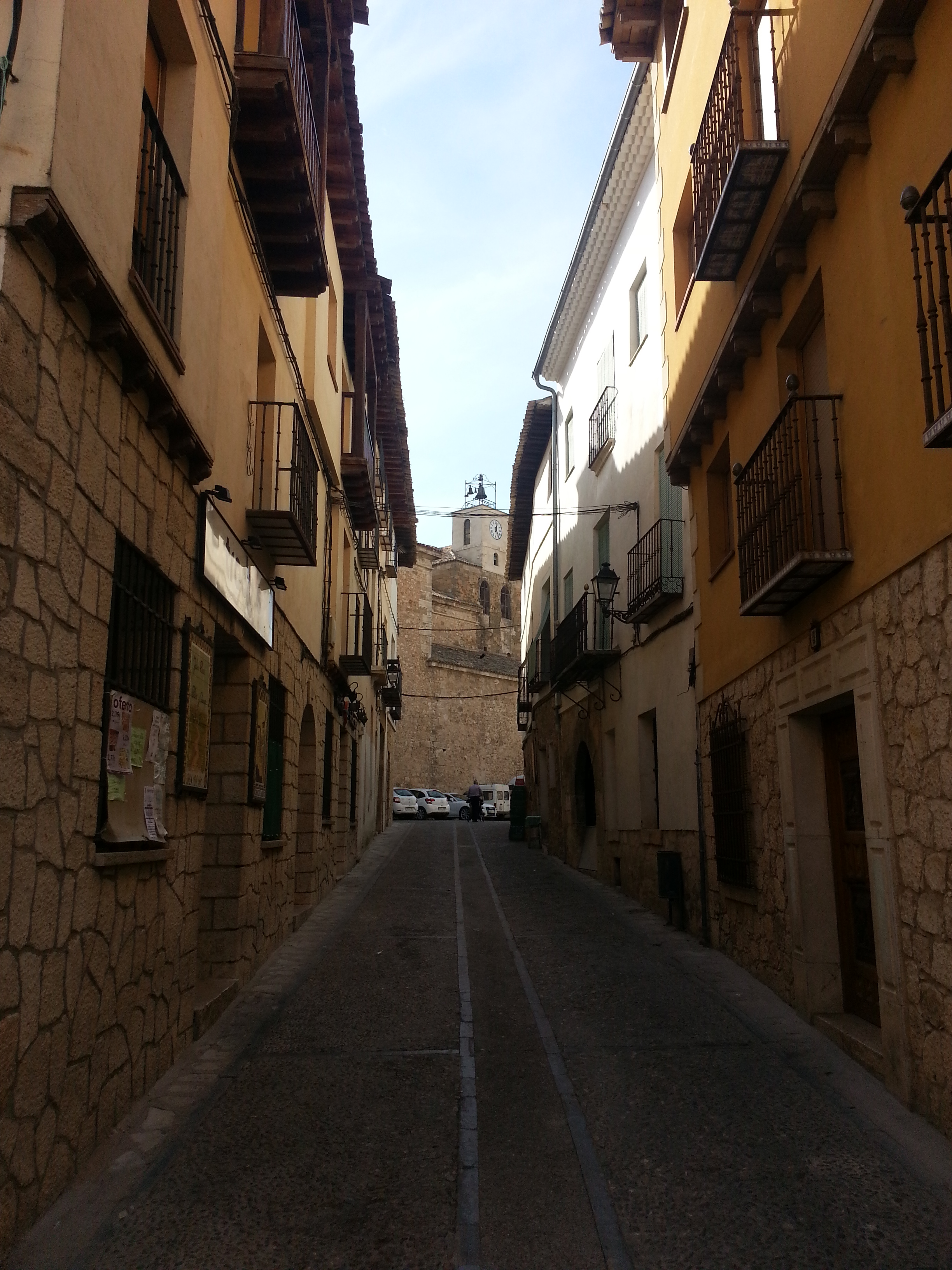 The years straddling the Renaissance and the Golden Age were ones of true splendour for Pastrana, thanks to the efforts of its noblemen, the visit by the mystic Teresa of Jesus, who founded convents in there, and the establishment of silk factories operated by Moors brought in from Andalusia who settled in an area today known as Albaicín. The years straddling the Renaissance and the Golden Age were ones of true splendour for Pastrana, thanks to the efforts of its noblemen, the visit by the mystic Teresa of Jesus, who founded convents in there, and the establishment of silk factories operated by Moors brought in from Andalusia who settled in an area today known as Albaicín.
Pastrana’s historic quarter, which maintains its medieval layout, contains a large number of buildings of undeniable artistic quality and historical value. These include the Ducal Palace, constructed in the mid-16th century with a rectangular floor plan, which has an outstanding Renaissance doorway. The crypt of the Collegiate Parish Church of Our Lady of the Assumption (16th-17th century), adjacent to the original Gothic church of the Knights Templar, contains the remains of the Dukes of Melito and Pastrana. The church also contains the Parish Tapestry Museum, which has a collection of religious art and renowned Flemish tapestries that give the museum its name.
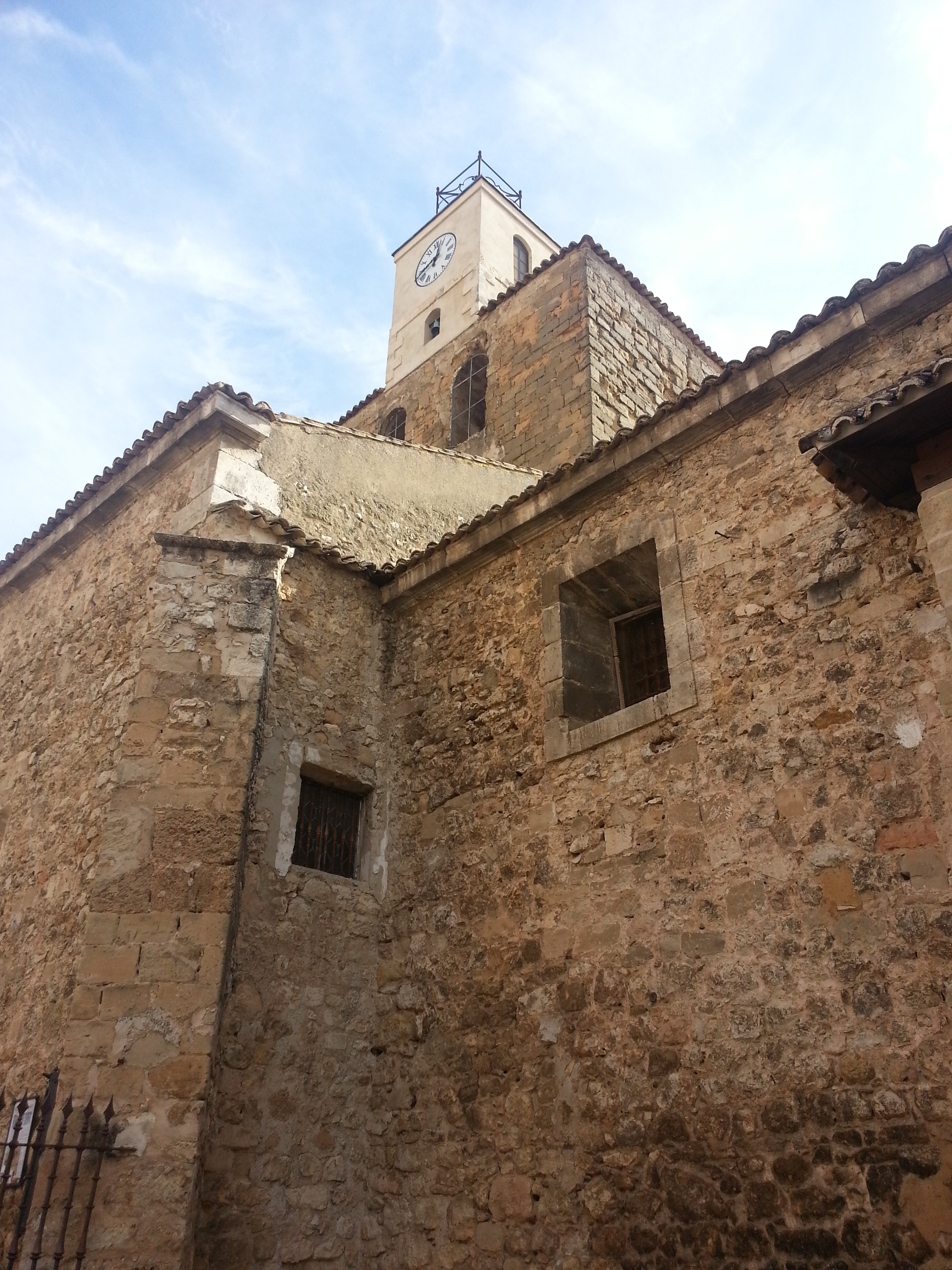 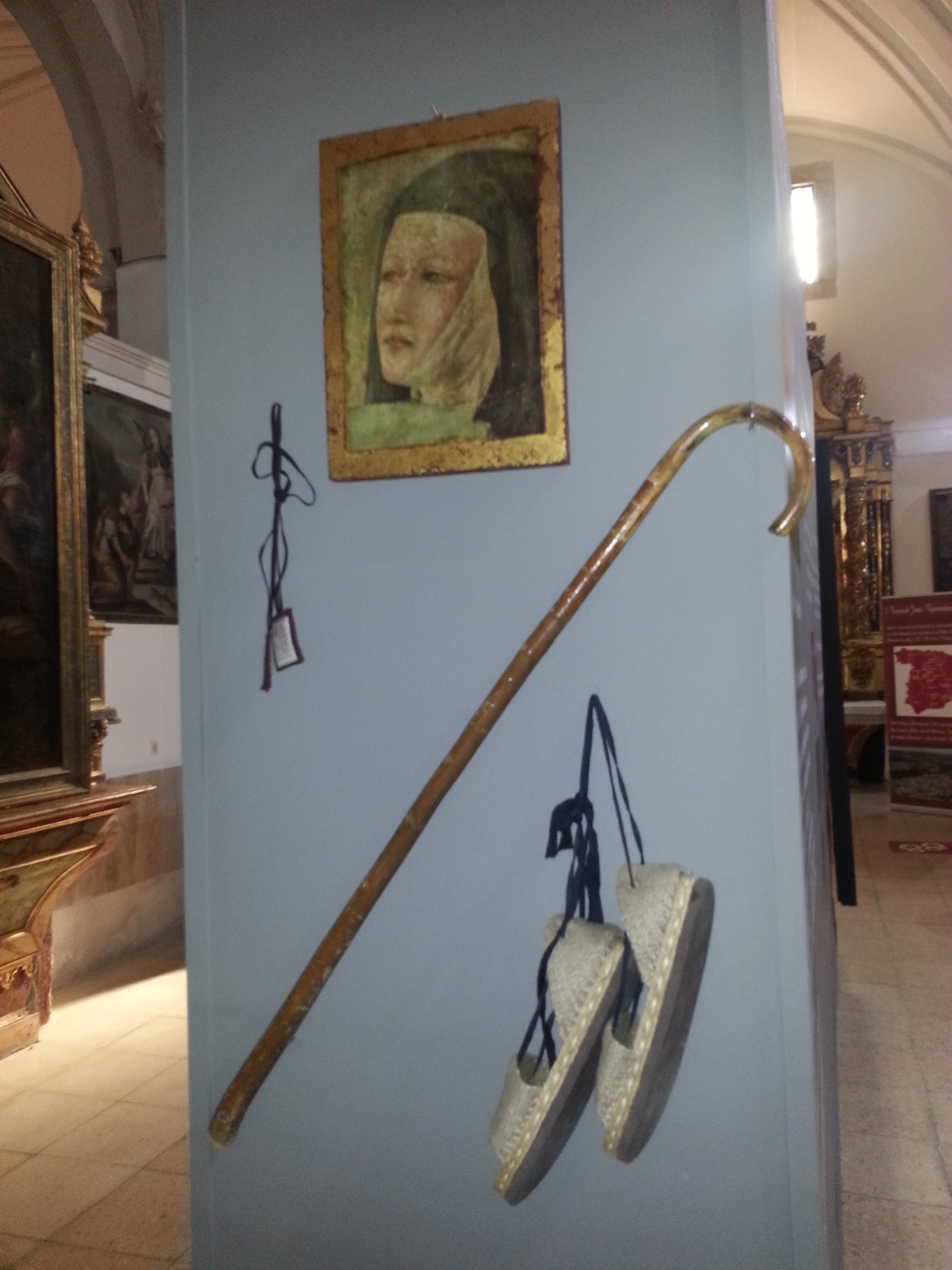 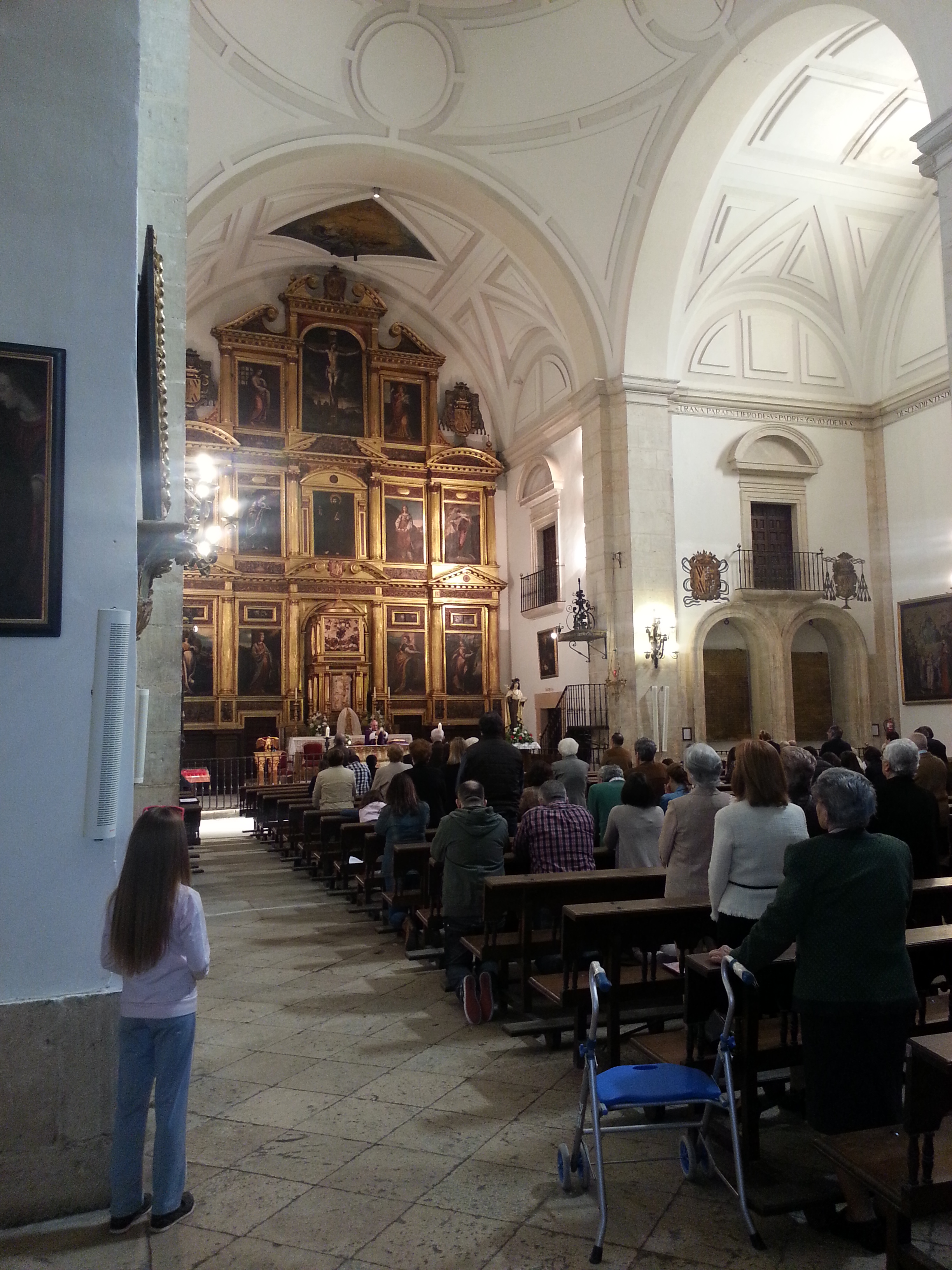
The Conceptionist Franciscan convent and the Convent of Carmel from 16th century, were founded by St. Teresa of Jesus. The latter houses, curiously, The Museum of Natural History of the Philippines and the Teresian Museum (or Carmelite and Religious Art Museum), dedicated to the founding saint and to another great saint and mystic, St. John of the Cross, who visited the town. Other buildings of interest are the College of St. Bonaventure built in 17th century, with its Baroque facade and patio, the remains of the old castle and walls built by the Knights Templar; the old quarter of the Albaicín, with its unusual layout, and several emblazoned palaces and manor houses from the 16th and17th centuries.
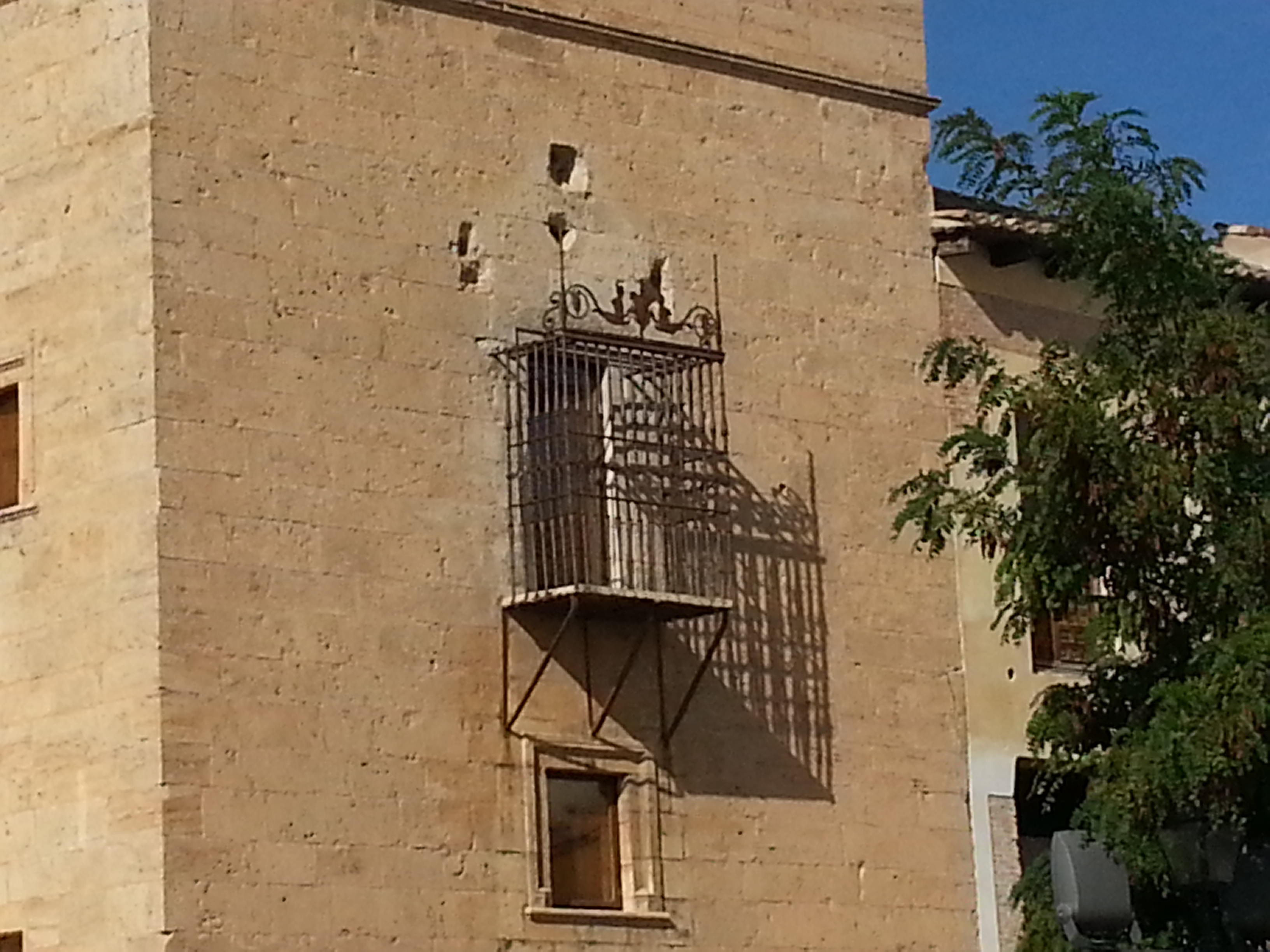
Alonso de Covarrubias designed the Ducal Palace of Pastrana and its doorway has a 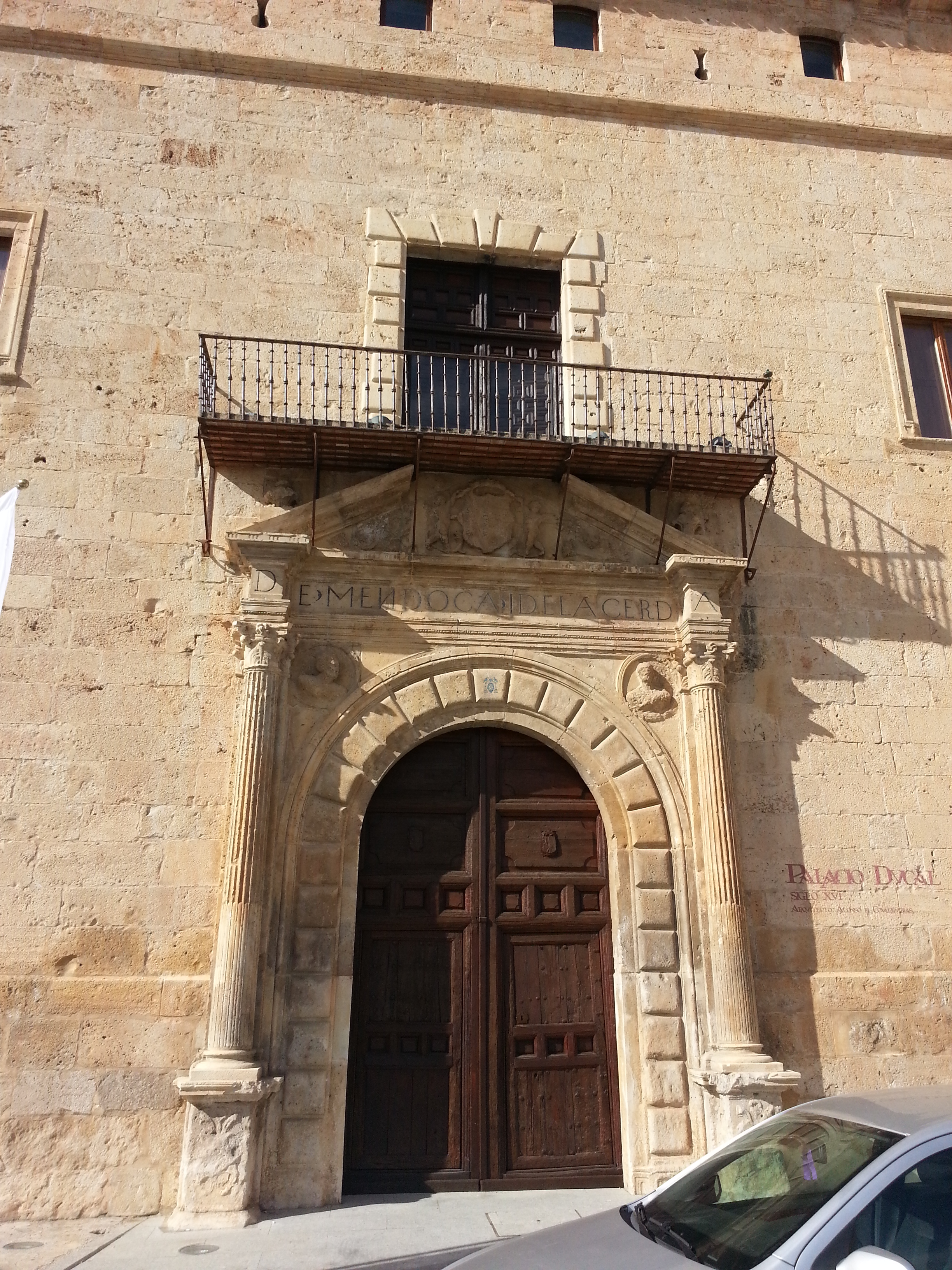 recognisable design feature, which is a reproduction of the one on the Alcázar fortress in Toledo. It stands beside the walls of Pastrana and has a parade ground at the front. The eastern tower, known as "the Chamber of the Golden Grille", was the site where the Princess of Eboli, Ana de Mendoza y de la Cerda, was held between 1581 and 1592 by order of Philip II. She was bricked in and imprisoned in her quarters along with her maid until she died, only being allowed to go outside for 1 hour per day. Going outside actually meant going out onto a caged balcony, which was in her room. The rest of the time she had to stay out of sight and in her quarters. It is thanks to the Princess of Ebolí that Pastrana is still a well-visited town today. recognisable design feature, which is a reproduction of the one on the Alcázar fortress in Toledo. It stands beside the walls of Pastrana and has a parade ground at the front. The eastern tower, known as "the Chamber of the Golden Grille", was the site where the Princess of Eboli, Ana de Mendoza y de la Cerda, was held between 1581 and 1592 by order of Philip II. She was bricked in and imprisoned in her quarters along with her maid until she died, only being allowed to go outside for 1 hour per day. Going outside actually meant going out onto a caged balcony, which was in her room. The rest of the time she had to stay out of sight and in her quarters. It is thanks to the Princess of Ebolí that Pastrana is still a well-visited town today.
Doña Ana de Mendoza, the Princess of Éboli, was a woman full of historical intrigue and mystery. The fascination of her is fueled not only by her legendary beauty, courtly manipulations, and murderous plots, but also the mystery surrounding an alleged fencing accident and her eye patch. She has captivated attention for centuries, been immortalized in opera by Verdi, portrayed in Hollywood by Olivia de Haviland, and is the subject of numerous books and video productions. So who is Doña Ana de Mendoza and why did she wear an eye patch?
Born in 1540 into the powerful house of Mendoza, Doña Ana was the daughter of Diego Hurtado de Mendoza and Catherine de Silva. Doña Ana endured what appears to be a dysfunctional home life as a child, including the embarrassment of her father’s infamous philandering, something not accepted in 16th Century Spain. Little is known of Doña Ana’s childhood, but she was described as passionate, intelligent, religious, and rebellious in her youth. It is alleged that during her early adolescence, and prior to the development of safety equipment, she lost her right eye in a fencing duel with a page. In part, it appears the juxtaposition of her renowned beauty and her eye patch has fueled a mystique that has captivated admirers for centuries.
An early arranged marriage to Rui Gomez enabled Doña Ana’s presence in the court of King Philip II of Spain. Her husband’s wealth and influence provided for financial security and titles following the acquisition of estates in Eboli, located on Italy’s southeast coast. Her husband’s death and her subsequent relationship with Antonio Perez proved to be a fateful turning point for Doña Ana. Like her husband, Perez was a powerful insider in Philip II’s court. Perez brewed a plot of manipulation between the King and his half-brother involving a rebellion in Flanders and perhaps a move toward taking power in Portugal. 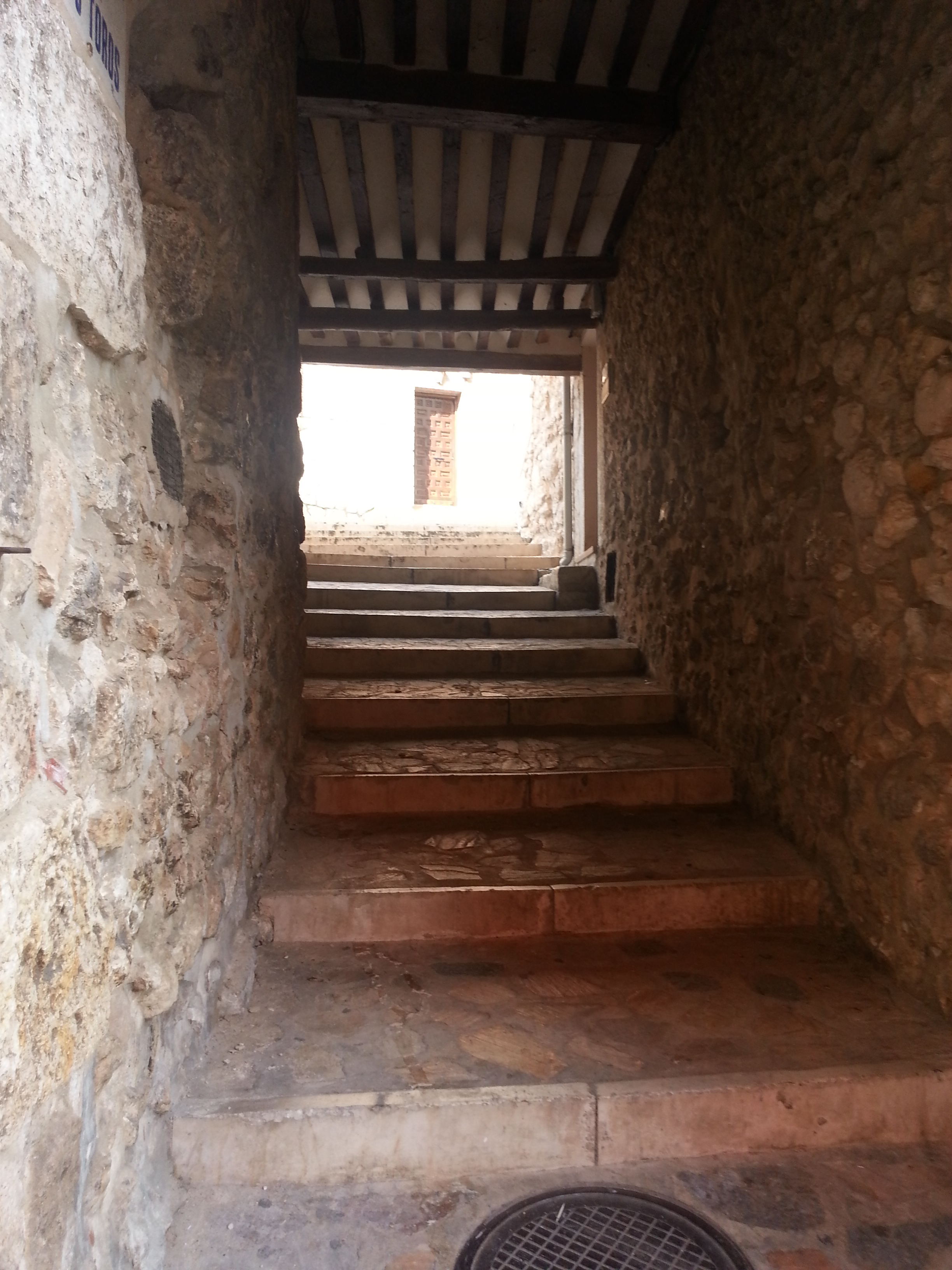 When a whiff of the plot was sensed, Perez orchestrated a murder to squelch its further discovery. Doña Ana said to have had involvement in the plot, was imprisoned by the King and subsequently stripped of parental rights and property. Some claim she was treated very harshly by the King, in part due to his sexual jealousy and sense of betrayal, but as with her eye patch, there is a dearth of supporting evidence for such claims. She would die sick, lonely, and imprisoned. When a whiff of the plot was sensed, Perez orchestrated a murder to squelch its further discovery. Doña Ana said to have had involvement in the plot, was imprisoned by the King and subsequently stripped of parental rights and property. Some claim she was treated very harshly by the King, in part due to his sexual jealousy and sense of betrayal, but as with her eye patch, there is a dearth of supporting evidence for such claims. She would die sick, lonely, and imprisoned.
Numerous and widespread explanations for Doña Ana’s eye patch abound. They typically assert in a matter-of-fact fashion that Doña Ana lost her eye in a fencing accident, perhaps around the age of twelve. However, absolutely no evidence has come to light to support such claims. They appear to be the speculations of historians attempting to explain her portrait — assertions that have much more intrigue than the lesser-known speculations surrounding a horse accident while hunting around the age of fourteen.
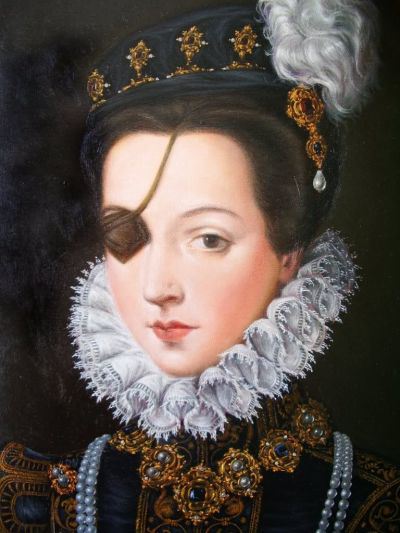
Under the advisement of King Philip II, she was betrothed at age twelve to a Portuguese nobleman, Rui Gomez da Silva, the King’s personal secretary and life-long courtier, who was 24 years her senior. A few years later, Rui and Doña Ana’s marriage would be consummated and she would go on to bear Rui their first of ten children. Like her husband, Doña Ana became well established in the court of King Philip II where she enjoyed a close relationship with Queen Elizabeth of Valois, the king’s third wife. It is during this time that some allege Doña Ana became the King’s mistress, but several scholars deny this. Whether fictional or otherwise, such allegations have helped fuel dramatic (and largely fictional) storylines on stage and screen, furthering Doña Ana’s mystique. At about this time, Doña Ana’s parents became further estranged, and her father left with another mistress.
Doña Ana’s husband, Rui Gomez, worked to secure their children’s future by purchasing the town of Eboli in Naples, as well as several villas. Rui was granted the title Duke of Pastrana and Grandee of Spain by Philip II in 1572. This established Doña Ana as the Princess of Eboli and the first Duchess of Pastrana. Her husband died the following year. Thus began a series of problematic and dramatic chapters in Doña Ana’s existence. In grief, Doña Ana and her mother moved to the convent in Pastrana.
A few years later, Doña Ana and her mother returned to Madrid against the Kings wishes. Not long after, her mother died, followed shortly thereafter by her father. However, her father, having married another in an attempt to secure a male heir, had left his second wife pregnant, threatening Doña Ana’s inheritance.
Doña Ana’s husband was succeeded by his protegé, Antonio Perez, as secretary to Philip II. Antonio Perez, only slightly older than Doña Ana, was a married man. Doña Ana established a close relationship with Perez, and again, adulterous allegations abound, but some claim their relationship was purely political. Their relationship was apparently hidden from the King. Historians are divided as to why that was the case with some claiming it was due to impropriety, while others claim it was due to Doña Ana’s renewed liaisons with the King. Regardless of truth, Doña Ana’s relationship with Perez deepens her intrigue in Spanish legend and serves as a turning point in her life and in Spain’s history.

Perez, a trusted secretary to Philip II, became caught up in a revolt that developed in Flanders. The Duke of Alba and Don Juan of Austria (half-brother of Philip II) were intertwined with Perez in this revolt. Perez offered to serve as a mediator in the conflict, however, he was playing both sides. He altered state communiqués between the King and Don Juan and sold state secrets. Doña Ana was apparently aware of Perez’s treachery vis-à-vis their close relationship, evidenced by their visitations, and exchange of opulent gifts. Don Juan’s personal secretary, Juan de Escobedo, previously allied with Perez as his spy against Don Juan, turned against Perez and also discovered the relationship between Perez and Doña Ana. At this point, it is alleged that Perez 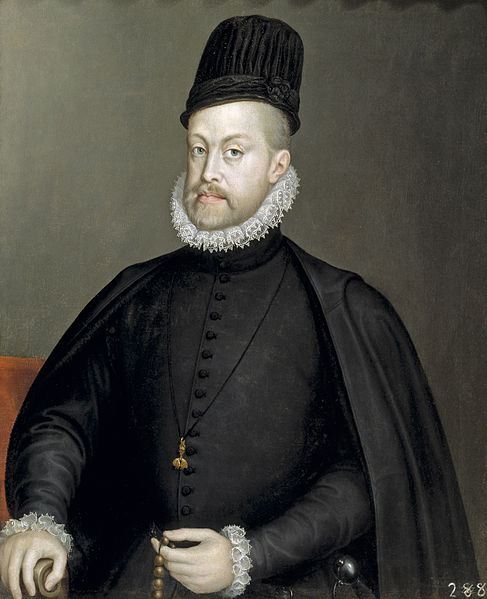 and Doña Ana conspire to assassinate Escobedo. Some historians assert that Doña Ana was not an active participant in the plot but was merely complicit. Though several more machinations in this operatic saga occur, Philip II (pictured) discovered the treachery of Perez and Doña Ana. Perez held off trial for several years, having somewhat assuaged Philip II with accusations of Don Juan’s pernicious intentions towards Philip’s throne. and Doña Ana conspire to assassinate Escobedo. Some historians assert that Doña Ana was not an active participant in the plot but was merely complicit. Though several more machinations in this operatic saga occur, Philip II (pictured) discovered the treachery of Perez and Doña Ana. Perez held off trial for several years, having somewhat assuaged Philip II with accusations of Don Juan’s pernicious intentions towards Philip’s throne.
However, Doña Ana was placed under house arrest in 1581. The King stripped Doña Ana of her parental rights and property in 1582. This relatively harsh treatment of Doña Ana helps fuel allegations of the King’s sexual jealousy and romantic relations with Doña Ana. In 1589, ten years after the discovery, Perez was finally charged with the murder of Escobedo. This led to riots and unrest by Perez’s supporters. In 1590 Perez escaped to Aragon. Perez, in exile, published scathing, defamatory accounts of King Philip II’s court, assertions that went unchallenged, contributing to the Spanish Black Legend. Doña Ana, imprisoned for a decade, eventually died depressed and ill in 1592.
 2
Like
Published at 10:01 PM Comments (1)
2
Like
Published at 10:01 PM Comments (1)
One Big Mountain
Tuesday, September 6, 2022
Spain is a land of contrasts, as many of you know. It is perhaps most well-known for its beautiful sandy beaches that go hand in hand with the great weather, particularly during the summer months. But it’s not all about the sun, sea and sand. Spain is also one of the most mountainous countries in Europe as well, and climbing to the top of some of the country’s highest peaks will reward you with the most spectacular sights ever.
Richard Ford, the 19th-century traveller and first British hispanophile, jokingly said in 'Gatherings from Spain' that the country is just one big mountain. 24% is above 1000 m and 76% between 500 and 1000 m above sea level. Spain has an average altitude of 660 metres. In Europe only Switzerland is higher (by a long way - average altitude of 1,300 metres). So it should come as no surprise that Castilian is so rich in words for mountains, hills, cliffs and plateaus.
Of the 505,988 km2 of Spain , 57,615 km2 are below 200m, 156,370 km2 are between 201 and 600m, 198,650 km2 are between 601 and 1,000m, 88,766 km2 are between 1,000 and 2000m; and 4,587 km2 higher. Only 12% of mainland Spain lies at a gradient of less than 1 in 20 (5%).
The Pyrenees have a maximum width of 130km, run 440 km and cover 55,375 km2. In the Pyrenees, there are 212 peaks above 3,000 m. The highest peak is called Aneto (3,404m) although until the early 19th century it was thought that Monte Perdido was higher.
The largest surviving glacier is on Aneto. It currently covers 163 ha, down from 692 at the end of the 19th century. The Pyrenean glaciers are melting fast. The last glaciers disappeared in the Sierra Nevada in 1913 at Corral de la Veleta which was the southernmost glacier in Europe.
Walking is a great way to keep fit, but walking in the mountains (with a bit of climbing) is even better. Every region has its own area of peaks and natural scenery. Why not try some of the smaller heights before heading for the ‘big’ ones?
1. Teide (Tenerife) 3,718

2. Mulhacén (Granada) 3,478

3. Aneto (Huesca) 3,404

4.Veleta (Granada) 3,392
5. Llardana (Huesca) 3,375
6. Alcazaba (Granada) 3,366
7. Monte Perdido (Huesca) 3,355
8. Cilindro (Huesca) 3,328
9. Perdiguero (Huesca) 3,321
10. Maladeta (Huesca) 3,309
 1
Like
Published at 11:47 PM Comments (0)
1
Like
Published at 11:47 PM Comments (0)
It used to be Europe's Largest Castle
Friday, September 2, 2022
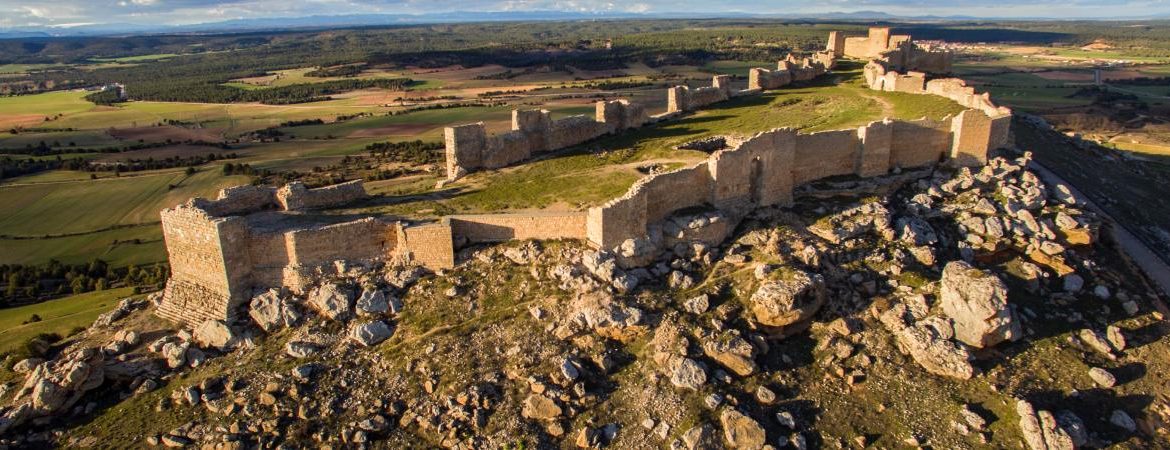
It is believed that there are around 20,000 castles in Spain, although not all of them have been kept in a good state of conservation over time. If this weekend you feel like making a getaway to say goodbye to the month of August, why not visit this medieval castle in Spain, which will surely not leave you indifferent?
It is the castle of Gormaz, located in the town of Gormaz, in the province of Soria. It appears to be built on a previous fortress, but the previous structure was built by Caliph al-Hakam II during the Caliphate of Córdoba, in the 9th century. Some historians say that at that time it was the largest castle in Europe, with a walled perimeter of 1.2 kilometres and 28 towers.
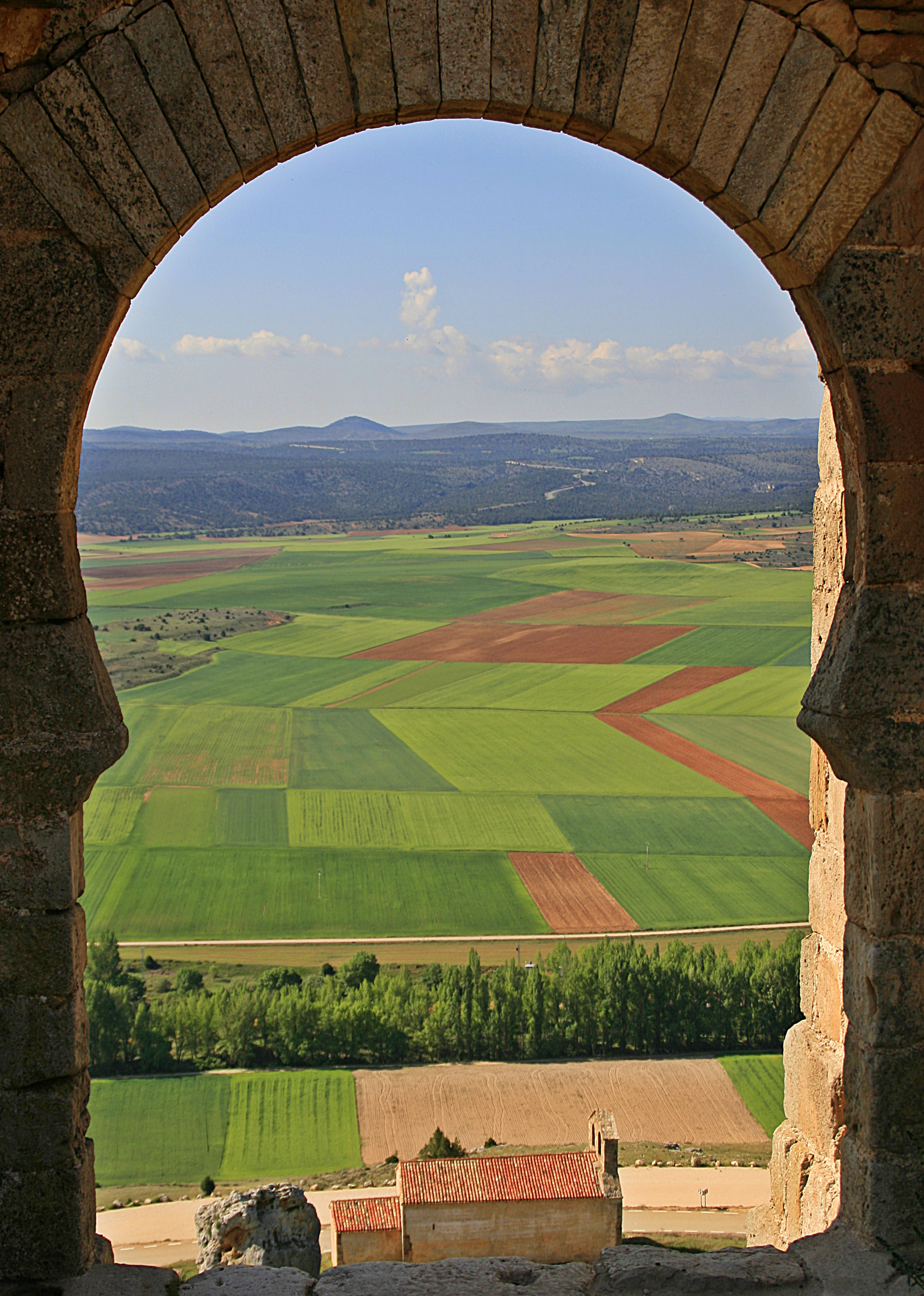
The fortress has two well-differentiated parts, which are separated by a moat. In the eastern area are the homage tower, the fortress, the caliphal chambers and the cistern. Meanwhile, in the western area, there is a large esplanade where the troops camped, and a pool to give the animals a drink.
One of the main characteristics of this medieval castle in Spain is its very elongated irregular shape, completely adapted to the platform of the hill on which it was built.
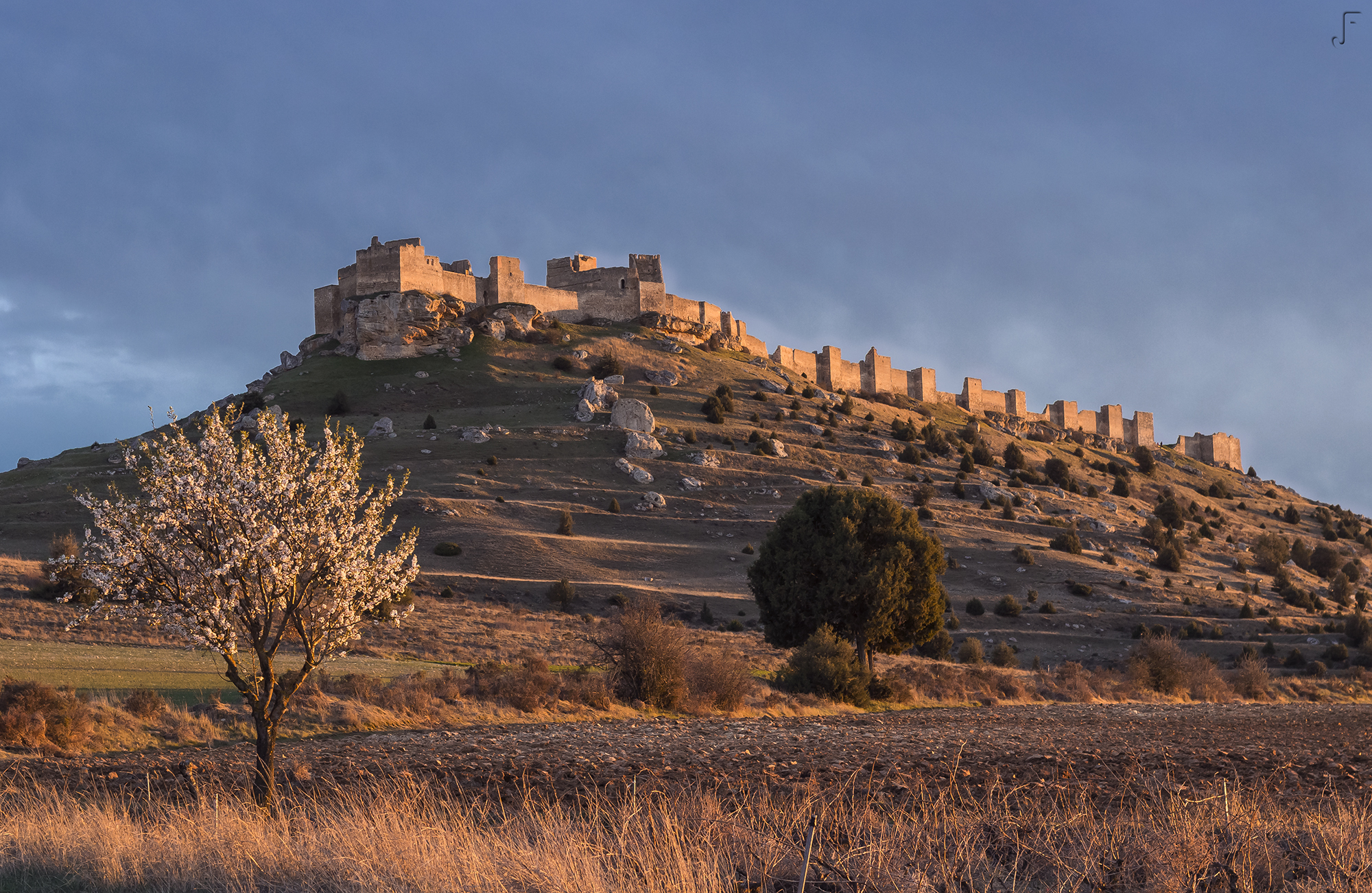
During your tour, you will find several information panels that make the visit very enjoyable. In addition, you can go up to the Paseo de Ronda and the battlements, from where there are impressive views of the natural environment.
Right next to the fortress is the hermitage of San Miguel, declared a Site of Cultural Interest. A small religious temple that houses remain of Romanesque frescoes from the 12th century.
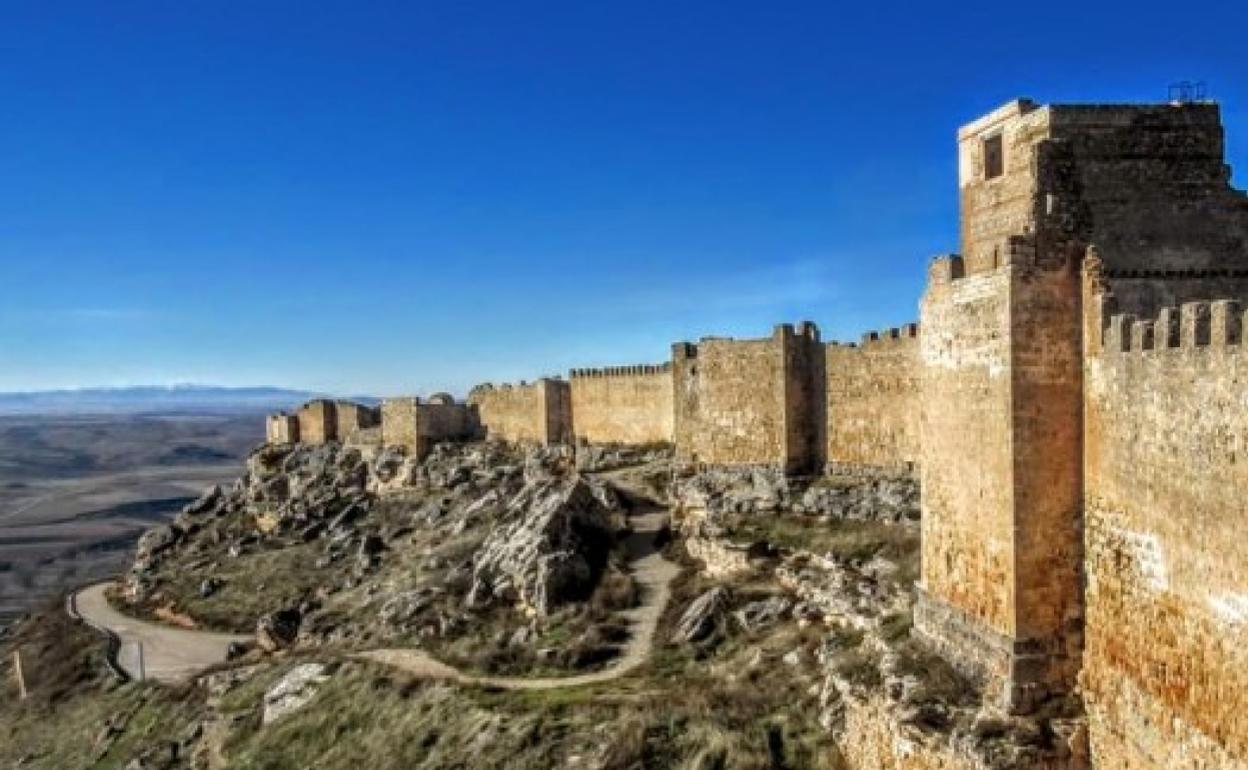
To complete the getaway, a few kilometres from Gormaz is El Burgo de Osma, one of the most beautiful villages in the province of Soria. The Plaza Mayor preserves the traditional Castilian architecture, and there are several buildings of interest, such as the Town Hall and the Hospital of San Agustín.
The Church of Santa Clara has inside the relics of Santa Clara, hence its name. One of the most important monuments in El Burgo de Osma is the Cathedral of Our Lady of the Assumption, a Romanesque church that houses the reproduction of the beatified codex.
 0
Like
Published at 11:11 AM Comments (0)
0
Like
Published at 11:11 AM Comments (0)
Spam post or Abuse? Please let us know
|
|